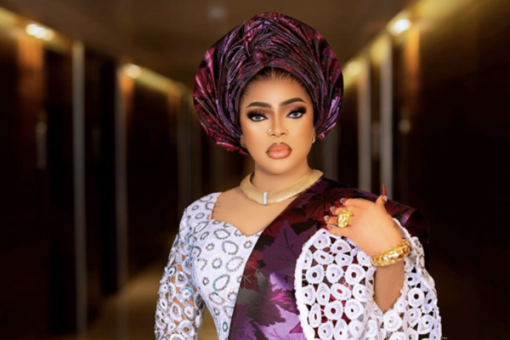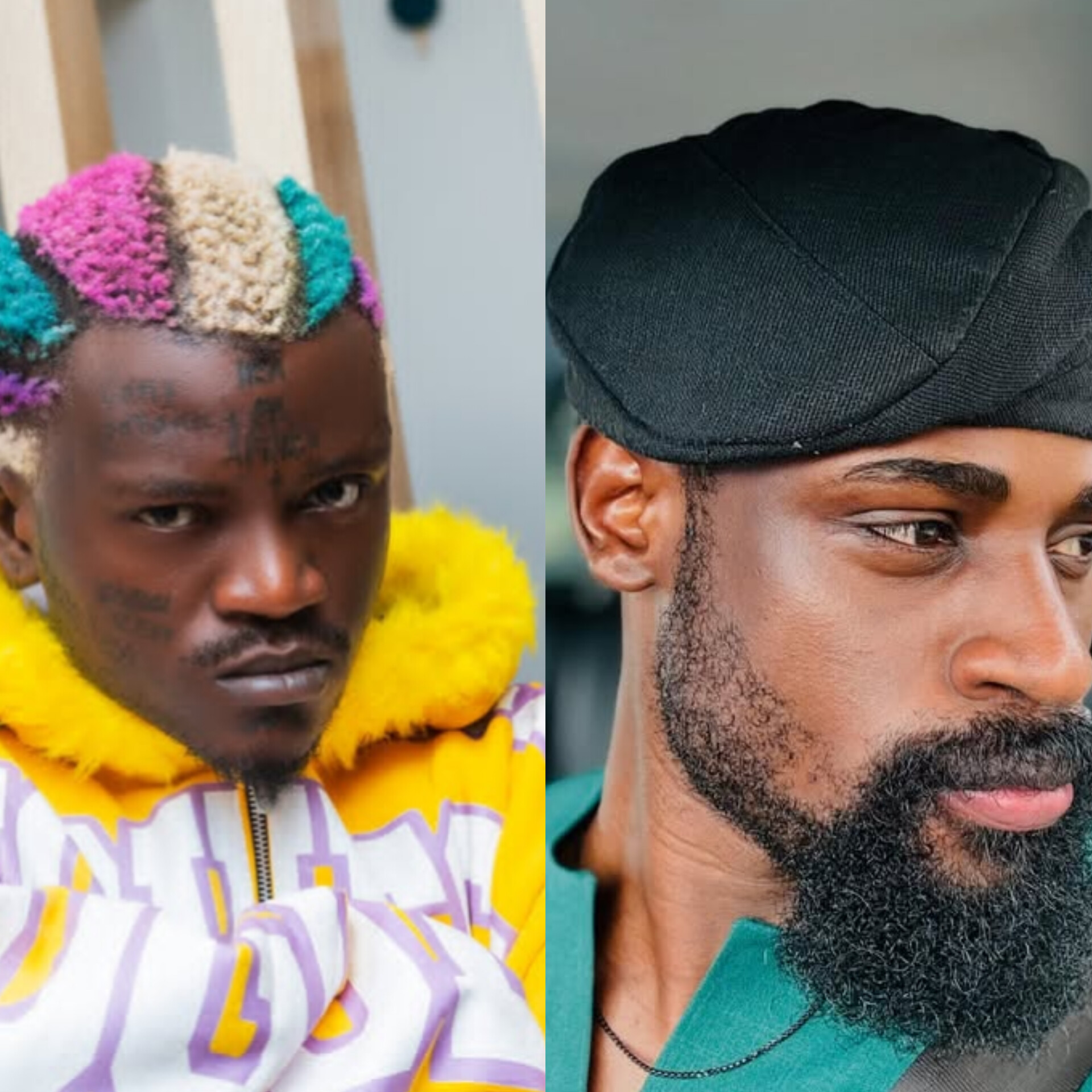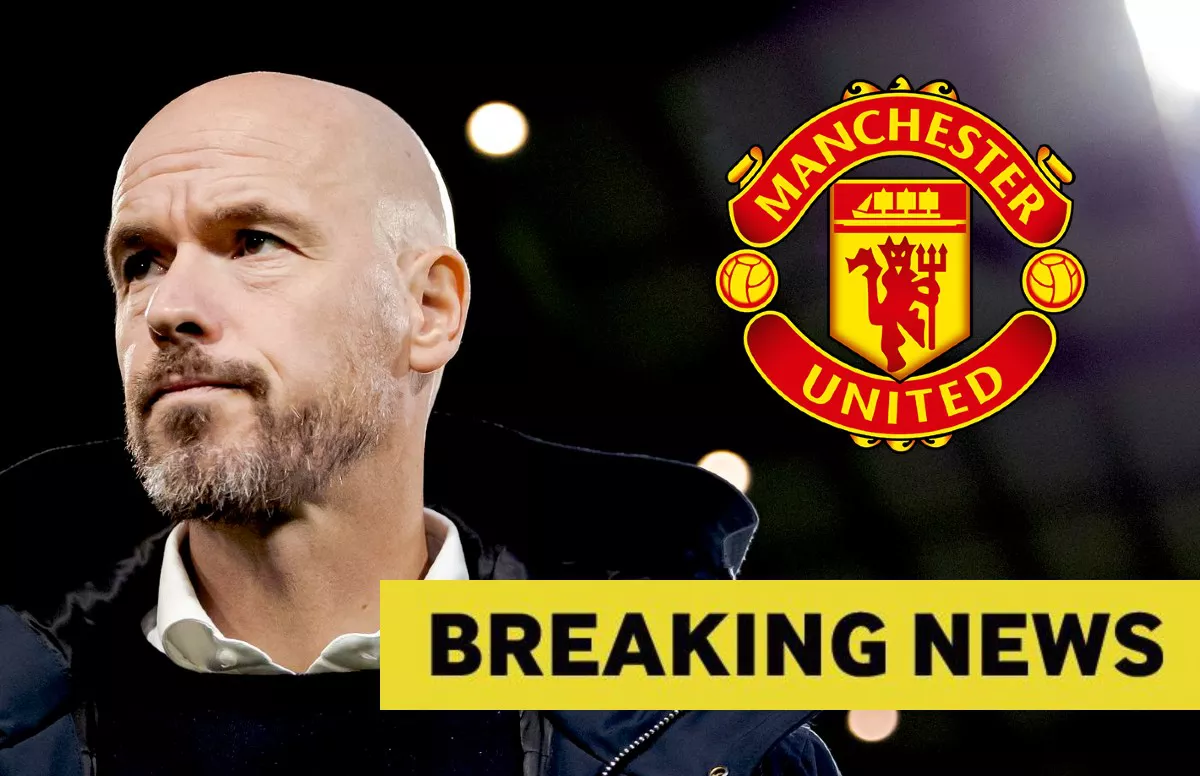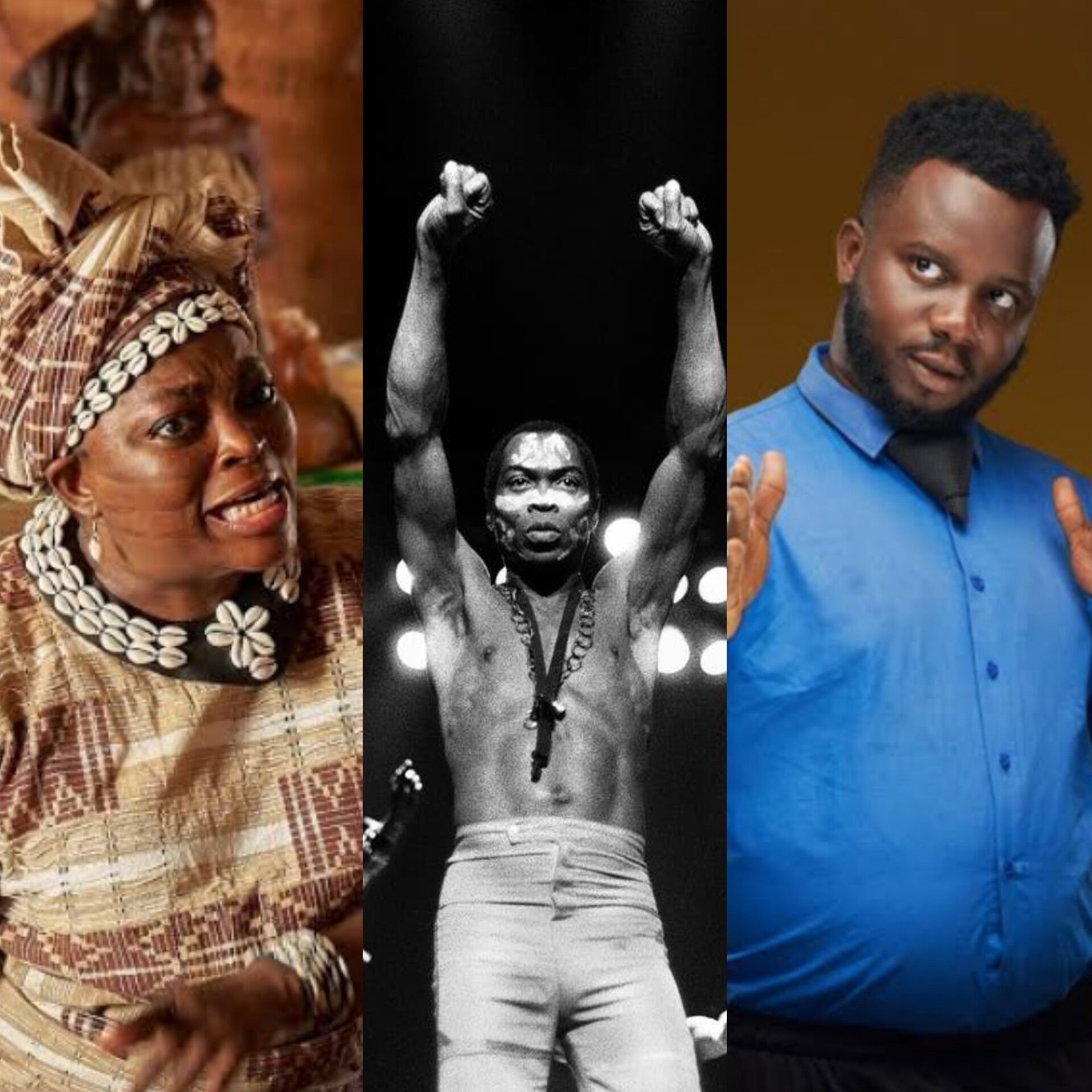By Fasuyi Tolulope Samuel
In recent years, there’s been a noticeable surge in the inclusion of same-sex relationships and queer culture in mainstream films and TV shows.
From blockbuster franchises to gritty series like Power Book III, producers now frequently incorporate same-sex nightclubs, brothels, and explicit scenes that often feel more like agenda-setting than storytelling.
This growing trend is sparking heated conversations: Are filmmakers and actors genuinely championing inclusivity, or are they force-feeding ideologies onto a diverse global audience?
Hollywood and the broader entertainment industry have long operated as cultural barometers. What shows up on screen often influences society’s views, behaviors, and norms. And while representation matters—especially for marginalized communities—the concern arises when it shifts from storytelling to imposition.
Read: BBNaija Angel Sparks Dating Rumours After Intimate Outing With Mystery Woman [See Pic]
Many viewers argue that today’s LGBTQ+ portrayals aren’t always organic or character-driven but are instead shoehorned into plots, even when irrelevant to the storyline.
Take Power Book III, for instance—a show built on themes of crime, power struggles, and gritty street life. Yet, it includes sudden detours into scenes set in same-sex brothels or clubs, often lingering in ways that suggest more sensationalism than substance.
These scenes don’t always develop character arcs or enrich the plot; they seem designed to tick a box or provoke reactions.
Critics of this approach aren’t necessarily homophobic—they’re frustrated by the lack of balance. Where once conservative media erased LGBTQ+ lives entirely, today’s trend seems to overcompensate, swinging the pendulum to the opposite extreme.
The result? Viewers feel alienated, manipulated, and fatigued. Representation should feel authentic and rooted in context—not like a mandatory inclusion for social points.
Moreover, forcing such narratives risks undermining the very cause of inclusivity. When audiences perceive these portrayals as artificial, it leads to backlash and division rather than empathy and understanding.
It also distracts from genuine LGBTQ+ stories that deserve thoughtful, meaningful screen time.The solution isn’t to eliminate queer characters but to tell better stories.
Stories where same-sex relationships are nuanced, integral to the plot, and reflect real experiences—not stereotypes or oversexualized caricatures.
As audiences grow more conscious and critical, filmmakers must tread carefully. Inclusivity is powerful—but only when done with respect, relevance, and realism. Until then, the question remains: Are we watching a story unfold, or an ideology unfold through the story?
























